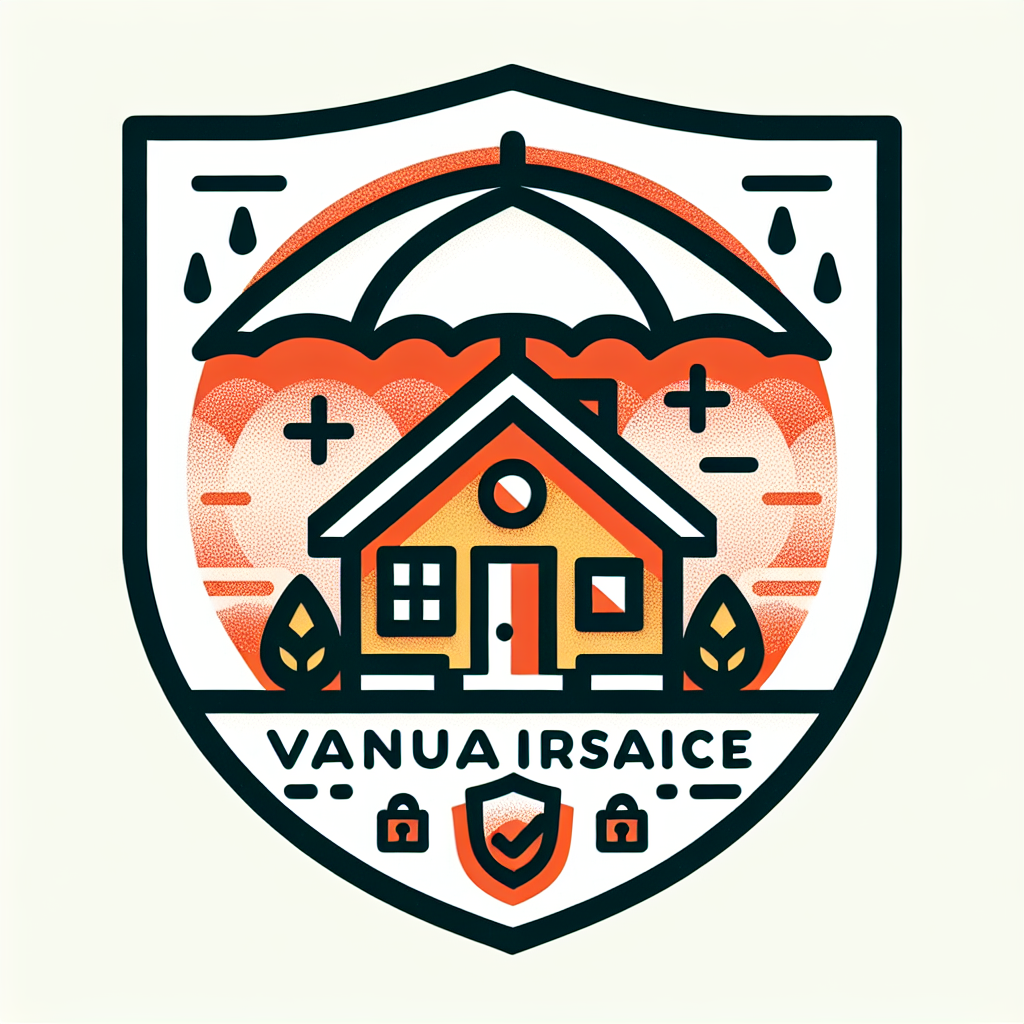Filed under Home Insurance on
Understanding Vacation Home Insurance Coverage

Introduction to Vacation Home Insurance Coverage
Investing in a vacation home is an exciting venture that promises financial benefits and personal enjoyment. However, to ensure your asset is well protected, understanding vacation home insurance coverage is crucial. While this coverage might seem intricate, having the right information can help you make informed decisions to safeguard your property. In this article, we'll delve into the nuances of vacation home insurance, provide expert insights, and explore why it is essential for every property owner.
What Is Vacation Home Insurance?
Vacation home insurance is designed to cover properties that are not your primary residence. These homes are often rented out to guests or used seasonally, presenting unique challenges compared to insuring a primary residence. Understanding vacation home insurance can help you identify the potential risks your property faces and the coverage you'll need to protect against them.
How It Differs from Standard Home Insurance
Standard home insurance policies are crafted for primary residences, offering protection against common risks like fire, theft, and vandalism. Vacation home insurance, however, is tailored to address the unique needs of properties that are unoccupied for extended periods or used by renters. Understanding these differences is key to ensuring your vacation property has appropriate coverage.
The Importance of Comprehensive Coverage
Comprehensive vacation home insurance coverage minimizes financial risks by safeguarding your property from potential hazards, whether you're there or not. By understanding vacation home insurance, you avoid the pitfalls of underinsurance and ensure your asset's longevity.
Key Coverage Components
- Property Damage: Covers structural damage to your property caused by events like fires, storms, and vandalism.
- Liability Coverage: Protects you if someone is injured on your property and decides to sue.
- Personal Property Coverage: Covers loss or damage to your belongings within the vacation home.
- Loss of Use: Reimburses additional living expenses if your property becomes uninhabitable due to a covered peril.
Challenges of Insuring a Vacation Home
Understanding vacation home insurance involves recognizing the unique challenges associated with insuring a second home. These properties often face increased risks due to factors like seasonal occupancy and frequent rentals. Let's explore some of these challenges.
Increased Risk of Theft and Vandalism
Homes that remain vacant for long stretches are more susceptible to theft and vandalism. Insurers typically view these risks as higher, leading to increased premiums. Mitigate these concerns by installing security systems and informing neighbors to watch over your property in your absence. Understanding vacation home insurance means knowing how to manage these risks proactively.
Potential Damage From Natural Elements
Seasonal homes may be left unattended during extreme weather conditions, increasing the risk of structural damage from storms or flooding. To combat this, you should consider investing in additional coverage options like flood or earthquake insurance, particularly if your property is in a high-risk area.
Factors Affecting Your Insurance Premiums
Several factors influence your vacation home insurance premiums, helping insurers determine the level of risk they are taking on. By understanding vacation home insurance premiums, you can adjust certain factors to lower your costs. Let's examine the primary elements that affect these premiums.
Location and Property Features
The location significantly impacts premium rates. Properties located in areas prone to natural disasters or with high crime rates will incur higher premiums. Additionally, unique property features such as swimming pools or water access may increase liability risks, affecting the cost.
Usage and Occupancy Patterns
- Properties rented frequently may have higher rates due to increased occupancy risks.
- Homes that are unoccupied for extended periods can be flagged as high-risk, leading insurers to charge more for protection.
How to Choose the Right Policy
Understanding vacation home insurance coverage requires careful consideration of various policy options and the specific needs of your property. Here are some strategies to choose the right policy.
Consider Comprehensive Policy Features
- Ensure your policy offers robust property damage protection tailored to your location's risks.
- Review liability limits to ensure they adequately protect against potential claims.
- Verify if there's a rental coverage component if you plan on leasing your property short-term.
- Choose deductibles that balance affordability with coverage needs.
Consult with Insurance Professionals
Insurance agents who specialize in vacation properties can provide valuable insights into the most suitable policies for your situation. They can help compare different insurers and identify the best combination of coverage, price, and service quality. Understanding vacation home insurance through expert advice often leads to better protection and potential cost savings.
Tips to Reduce Your Premium Costs
While insuring a vacation home can be costly, several strategies can help reduce your premium costs. By applying these tips, understanding vacation home insurance becomes an exercise in optimizing financial expenses effectively.
Enhance Property Security
- Install advanced security systems with alarms, cameras, and motion detectors to deter potential intrusions.
- Consider joining neighborhood watch programs or hiring a property management company to oversee your home.
Bundle Insurance Policies
Many insurance providers offer discounts when you bundle multiple policies, such as home and auto insurance. By consolidating policies with the same insurer, you may receive a reduced rate on your vacation home insurance.
Invest in Preventive Maintenance
- Regularly inspect your property for potential maintenance issues and address them promptly.
- Seasonal maintenance, like winterizing your home, can prevent weather-related damages.
Conclusion: Securing Your Investment
Understanding vacation home insurance coverage is vital to securing one of your most valuable investments. By recognizing the unique challenges of insuring a secondary residence, selecting the appropriate policy, and implementing cost-saving strategies, you can protect your property and maximize its value. Consult with insurance professionals and continually assess your property's needs to ensure comprehensive protection. With the right coverage in place, you can enjoy your vacation home with peace of mind, knowing that your investment is well-guarded against unforeseen events.





